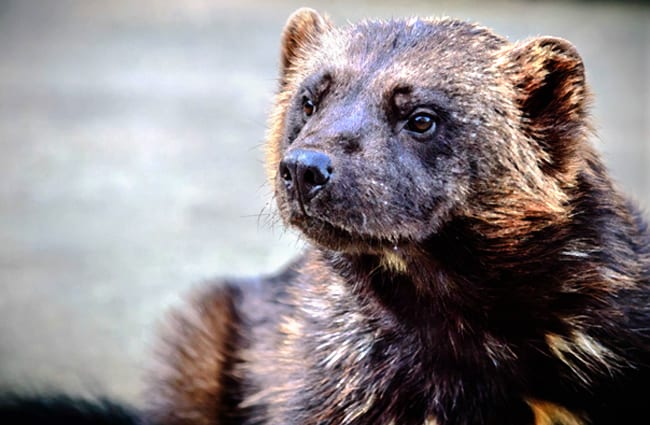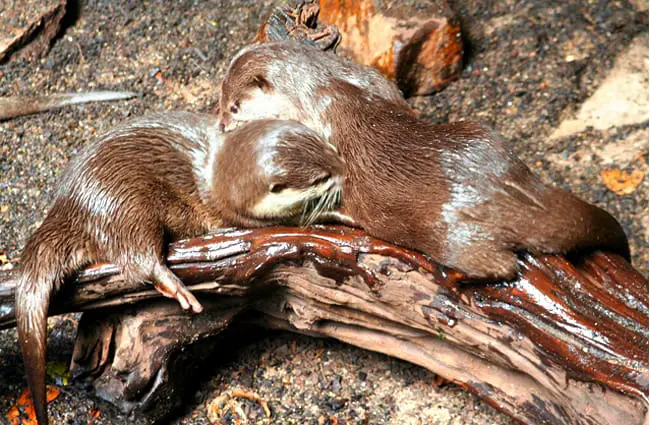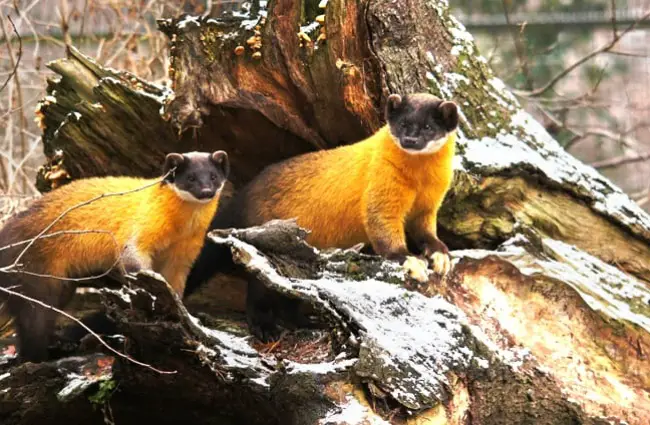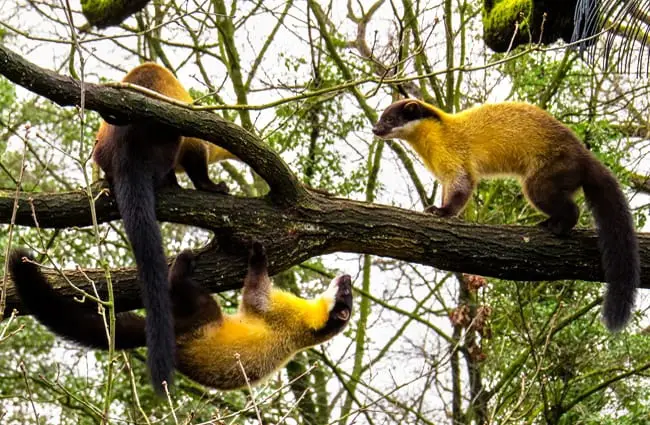The Enigmatic Marten: A Comprehensive Guide
The world of forest creatures holds many secrets, and among the most elusive and fascinating is the marten. Often described as a creature of myth and shadow, the marten is a skilled hunter, an adaptable survivor, and a vital component of forest ecosystems. This guide delves into the life history, behavior, and ecological role of these remarkable animals, offering insights for researchers, nature enthusiasts, and anyone curious about the wild world.

What is a Marten?
Martens belong to the genus Martes, a group of medium‑sized mustelids that includes weasels, badgers, otters, and wolverines. They are characterized by sleek bodies, short legs, and bushy tails that aid in agility and arboreal life. Fur color varies among species and across geographic regions, ranging from dark brown to yellowish gold.
Species Diversity
While the term “marten” is often used generically, several distinct species exist. Some of the most well‑known include:
- Pine Marten (Martes martes): Found throughout Europe and parts of Asia, this species is a classic forest dweller.
- American Marten (Martes americana): Inhabiting boreal forests of North America, it is well adapted to cold, snowy environments.
- Yellow‑Throated Marten (Martes flavigula): Native to Asia, this species displays striking coloration with a characteristic yellow throat patch.
- Beech Marten (Martes foina): Also known as the stone marten, this adaptable species is found across Europe and has expanded into urban areas.

Habitat and Distribution
Martens are predominantly forest animals, thriving in a range of habitats from dense coniferous forests to deciduous woodlands and mixed forests. American martens, for example, prefer mature forests with abundant understory vegetation and a thick layer of leaf litter. Yellow‑throated martens are more versatile, inhabiting forests, grasslands, and even agricultural areas. The beech marten is the most adaptable, often found near human settlements and using barns, attics, and other structures for shelter.
Their distribution is largely determined by habitat availability and climate. Most species are found in temperate and boreal regions of the Northern Hemisphere, although some, like the yellow‑throated marten, extend into warmer climates.
Diet and Hunting Strategies
Martens are opportunistic carnivores. Their diet varies with availability but consistently includes voles, mice, and other small rodents. They also consume birds, eggs, insects, fruits, and berries. American martens are known to cache food during times of abundance, storing it in sheltered locations for later use when supplies are scarce.
They are skilled hunters, using their agility and sharp claws to pursue prey both on the ground and in trees. Their keen sense of smell helps them locate hidden prey beneath snow or leaf litter. They often stalk prey, using cover to approach undetected before launching a swift attack.

Reproduction and Life Cycle
Martens typically breed in late winter or early spring. They are generally solitary except during the breeding season. After a gestation period of about 28 to 35 days, females give birth to a litter of 2 to 5 kits in a den, which may be a hollow tree, a rock crevice, or an abandoned burrow.
Kits are born blind and helpless, relying entirely on their mother for care. They are weaned after about 6 to 8 weeks and begin to explore outside the den. Young martens stay with their mother for several months, learning essential hunting and survival skills, and usually reach sexual maturity at around 2 years of age.
Ecological Role and Interactions
Martens play a vital role in maintaining the health of forest ecosystems. As predators, they help control populations of rodents and other small animals. They also contribute to seed dispersal by consuming fruits and berries. Their presence is often an indicator of a healthy forest ecosystem.
Martens interact with other animals in various ways. They may compete with predators such as foxes and owls for food resources. They are also preyed upon by larger carnivores like wolves and lynx. In some contexts, they exhibit commensalism, benefiting from the activities of other animals without affecting them.

Martens and Humans
Historically, martens were hunted for their fur. While demand for marten fur has declined in recent years, trapping and hunting still occur in some areas. Habitat loss and fragmentation also pose threats to marten populations.
In some cultures, martens have been viewed as symbols of cunning and agility. They feature in folklore and mythology in various parts of the world. In many areas, they are considered beneficial predators, helping control rodent populations that can damage crops and forests.
Encountering a Marten in the Wild
If you encounter a marten in the wild, it is best to observe it from a distance. Avoid approaching or attempting to feed it. Martens are generally shy and elusive, and they will typically avoid human contact. If you have pets, keep them under control to prevent disturbance or harassment of a marten.
Advanced Topics for Aspiring Zoologists
Evolutionary History
The evolutionary history of martens is rooted in the mustelid family, which originated in Eurasia during the Oligocene epoch. Fossil evidence suggests that early martens were small, arboreal predators. Over time, they diversified into the various species we see today, adapting to different habitats and ecological niches.
Conservation Status and Threats
The conservation status of martens varies by species and region. Some populations are stable, while others decline due to habitat loss, fragmentation, and climate change. Ongoing research and conservation efforts are essential to ensure the long‑term survival of these remarkable animals.

Caring for Martens in Captivity
Caring for martens in captivity requires specialized knowledge and facilities. They need spacious enclosures that provide opportunities for climbing, exploring, and hiding. Enrichment is crucial to stimulate their natural behaviors, such as foraging, hunting, and play. Their diet should consist of a variety of meat, fish, and fruits. Regular veterinary care is essential to maintain their health and well‑being.
Fascinating Facts about Martens
- Martens have semi‑retractable claws, which help them climb trees and grasp prey.
- They are excellent swimmers and can readily cross rivers and streams.
- Martens have scent glands they use to mark territory and communicate with other martens.
- They can rotate their hind feet 180 degrees, allowing them to descend trees headfirst.
- American martens can survive in extremely cold temperatures, thanks to their thick fur and efficient metabolism.

The marten, a creature of skill, adaptability, and beauty, remains a captivating subject for scientists, nature lovers, and anyone with an appreciation for the wild world. By understanding its life history, ecological role, and the challenges it faces, we can work toward ensuring its survival for generations to come.

![Red Angus Closeup of a beautiful Red Angus cowPhoto by: U.S. Department of Agriculture [pubic domain]https://creativecommons.org/licenses/by/2.0/](https://animals.net/wp-content/uploads/2020/03/Red-Angus-4-238x178.jpg)




![Red Angus Closeup of a beautiful Red Angus cowPhoto by: U.S. Department of Agriculture [pubic domain]https://creativecommons.org/licenses/by/2.0/](https://animals.net/wp-content/uploads/2020/03/Red-Angus-4-100x75.jpg)

